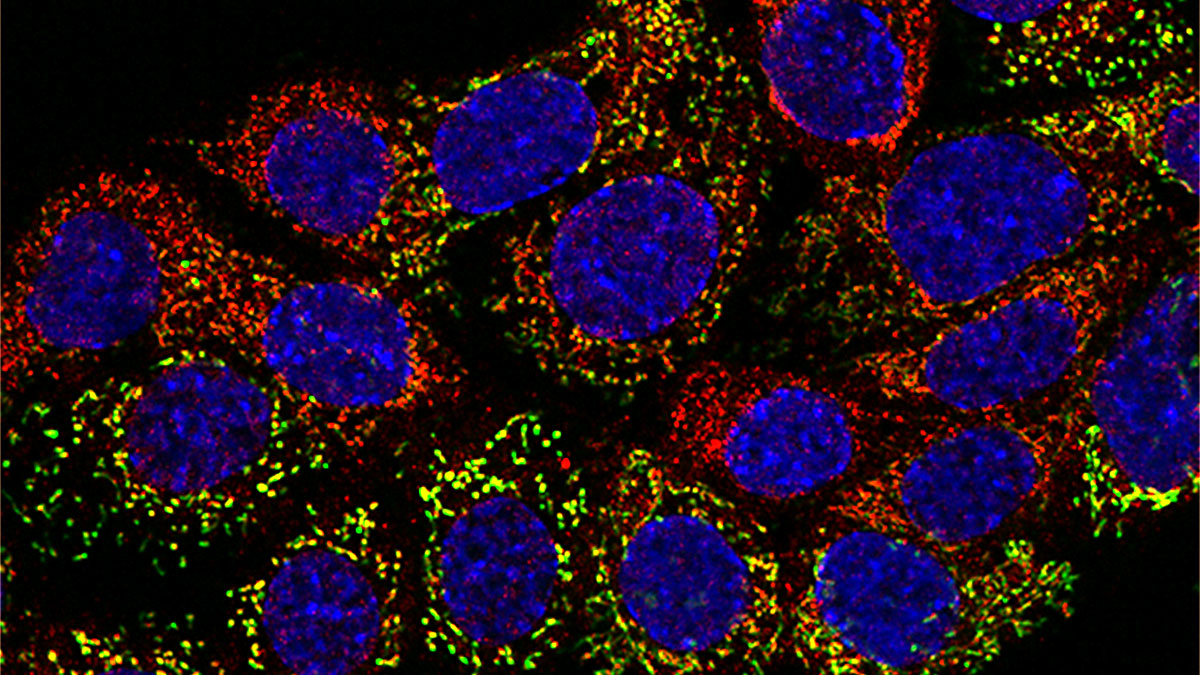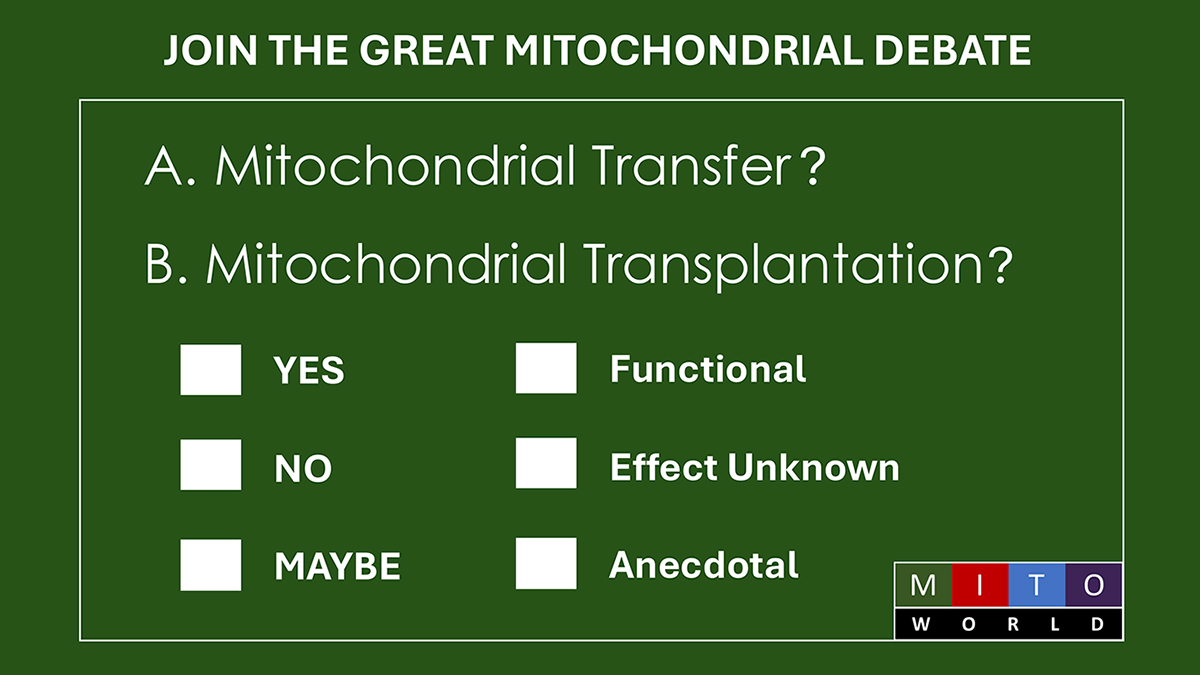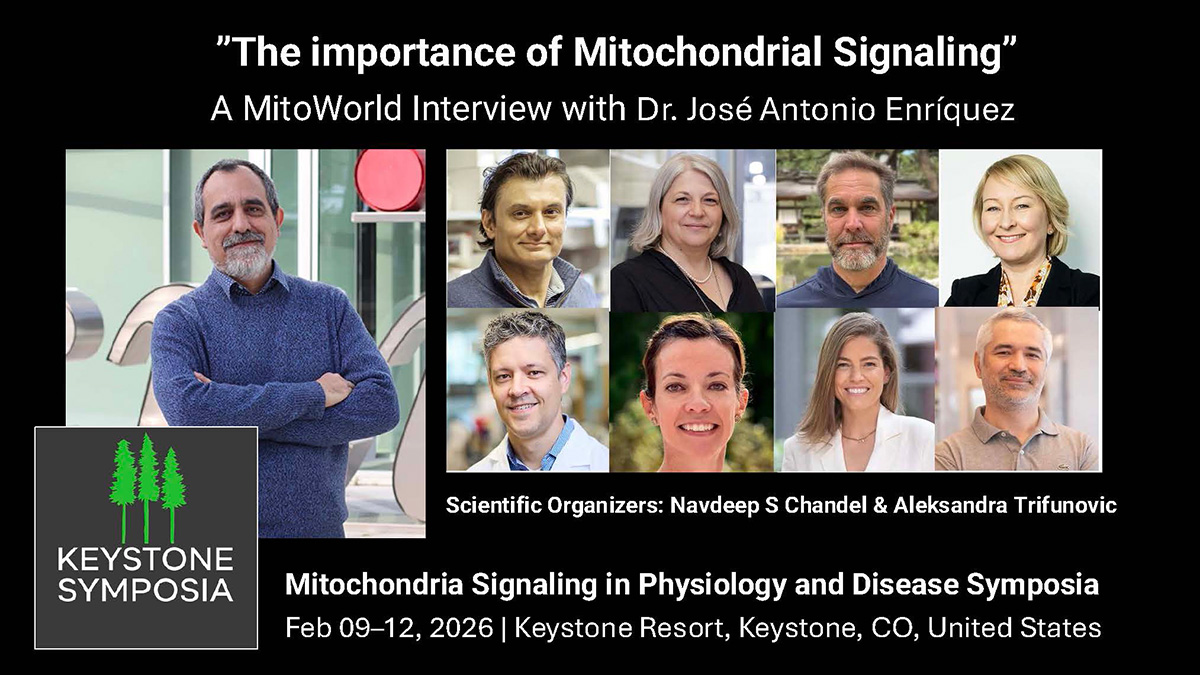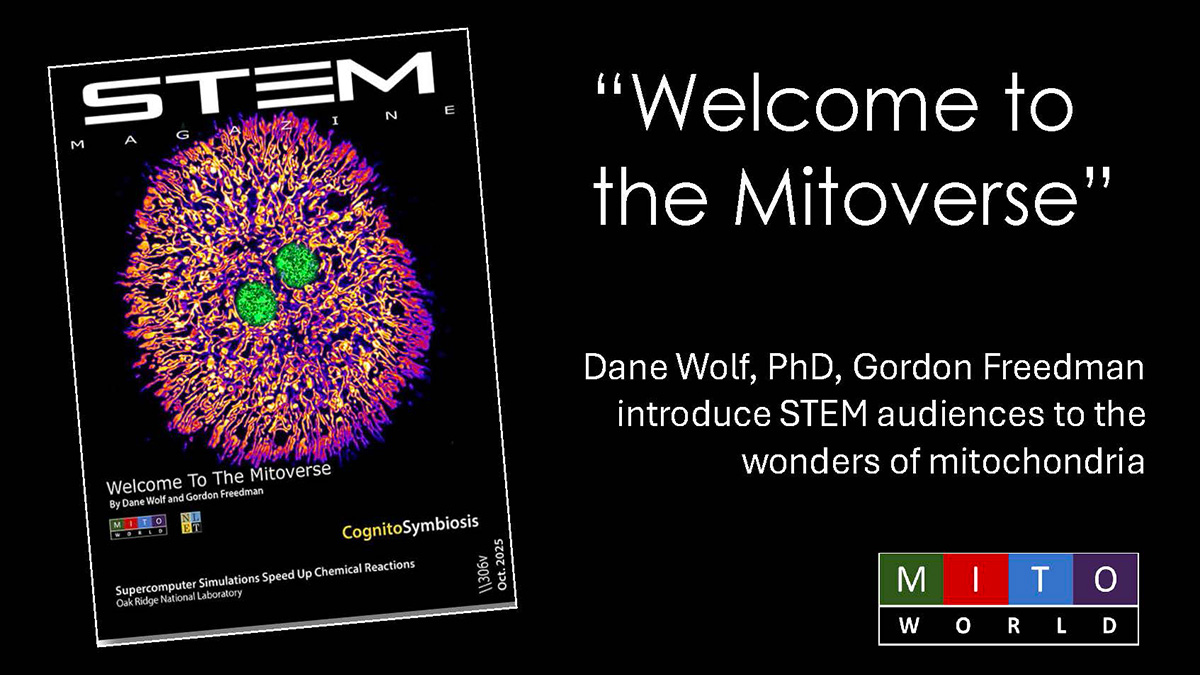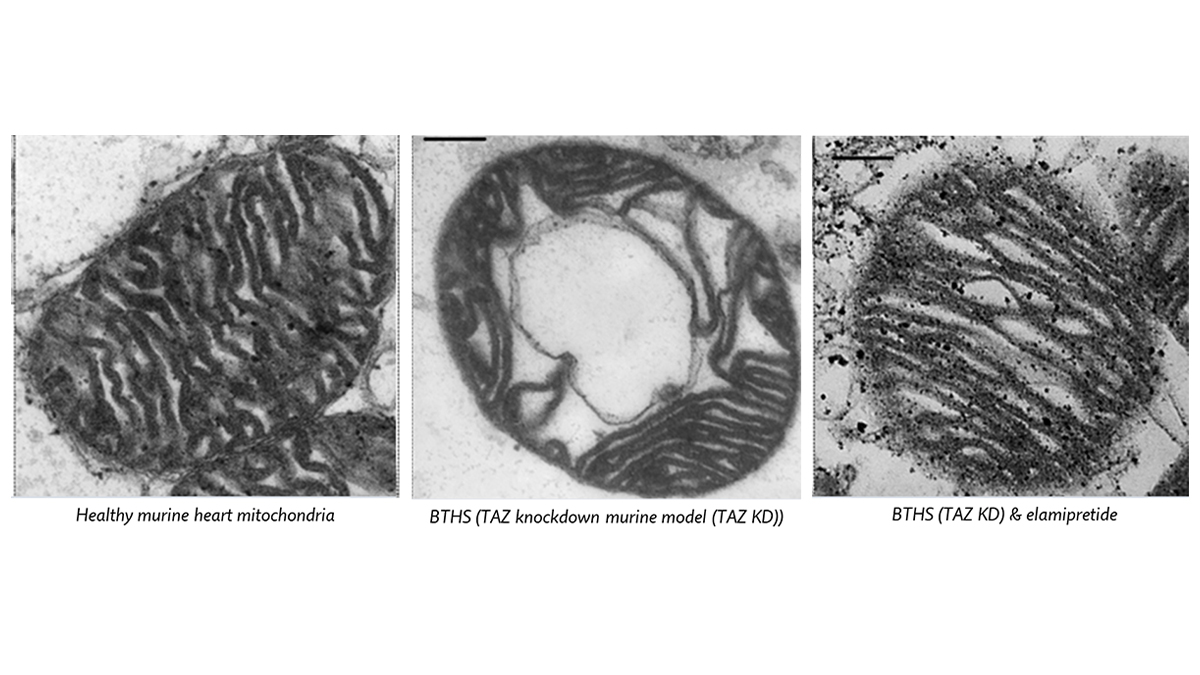
Is a Life in Space Possible, or is Space a Laboratory for Health and Disease on Earth?
In this video MitoCast, MitoWorld Asks Space Health and Medical Experts about Mitochondrial Limitations in Space.
Biomedical evidence systematically collected from astronauts, mice and rats during and after extended time on the International Space, shorter trips (weeks), and even on much shorter trips such as SpaceX’s Inspiration 4 flights show mitochondrial stress.
If Elon Musk intends to plan for life on Mars or NASA plans for settlement on the Moon, they might want to consider one of the most interesting and mysterious parts of every cell in every complex organism (e.g. animals and plants), including us, mitochondria. This biological-physiological issue cannot be solved by successful SpaceX rocket launches or settlement selection. It’s not an engineering or planetary issue, but a deeply scientific and medical one.
Many scientists, philosophers, and writers have dreamed of a destiny for humanity that may exist beyond our home planet. All the global superpowers have their sites on the Moon, Mars and asteroids. Yet, the engineering, physics, material science, propulsion, planetary science and trajectories are still being mastered. In all these calculations, eventually requiring trillions in investment in engineering, there is something profoundly left out of the equation: humans and our bodies.
A MitoCast Interview with Chris Mason (WorldQuant Professor at Weill Cornell Medicine) and Afshin Beheshti (Director of Center for Space Biomedicine, Associate Director of McGowan Institute for Regenerative Medicine, and Professor of Surgery and Computational and Systems Biology at University of Pittsburgh) , top space biomedicine researchers who continue to form teams and pour over the astronaut (and mice and rat) data of those who have been in the International Space Station and on the shorter flights, tells a cautionary story, but also a focal point for countermeasures.
Listening to Mason and Beheshti, it is clear that the planned long space transits or moving off Earth will need to consider the health, function, and stress on the tiny mitochondria in each of our cells, and those of animal-nauts, which may need treatments or modifications to support life away from Earth.
Mitochondria are starting to make it into the news because of their role across the medical and health spectrum. Most people remember the biology class refrain, Powerhouse of the Cell, describing the mitochondrial role in energy production (Krebbs Cycle, ATP production). However, mitochondria, which number from 150 to 7000 per cell, depending on the tissue or organ, have deep regulatory roles in cell life and death, the immune system, and signaling in multiple ways.
Mitochondria are coming of age.
For the last twenty-years, the primary research domain has been the rare mitochondria DNA mutational diseases, primarily of childhood. However, that balance is shifting as mitochondria are now implicated in cardiac disease, diabetes, neurodegenerative diseases and in aging itself. While mitochondrial research rapidly gains ground in the search for cures for chronic diseases, health and diet, a current focus in U.S. policy, a rapidly growing parallel track runs in health and fitness circles and high-performance athletics.
Will Mitochondria Keep Us on Earth?
However, there is a certain amount of hubris to suggest that creatures specifically evolved on Earth within its gravitation, magnetic, atmospheric, biodiverse and radiation envelope would be suitable, or adaptable, to other environments, including life on the Moon or transit time to Mars. While both of those planetary objects have substantially lower gravity (Moon 1/6th, Mars 3/8th), they also either have no shielding from an atmosphere (the Moon) or very little (Mars) and have very different radiation and magnetic signatures and, of course, no known life forms.
As daunting as it was for the earliest human to migrate around the planet, chasing megafauna driven by some innate drive, leaving Earth is a very different biological, physiological and cultural challenge.
We asked Mason and Beheshti a few questions to go along with their longer MitoWorld Spotlight video.
MitoWorld: How did you end up focusing on life in Space and becoming experts in this emerging field?
Beheshti: Chris and I have been working together for almost a decade on various projects from Space biomedicine to COVID-19/Long COVID to cancer… We have had many papers in high impact journals and have put together two high profile paper packages one in Cell Press and the other in Nature Portfolio.
MitoWorld: How did you two end up working on NASA and other bio-data?
Mason: We met originally though some of the GeneLab working groups (now OSDR), working on a variety of projects for human and mouse genomics and other omics data analysis and then really to follow up on the Twins Study. This led to several sets of large-scale collaborations for the Biology of Spaceflight Cell Package in 2020, a range of papers and grants from 2019-current, and also the Nature Space Omics and Medical Atlas Resource in 2024.
Beheshti: Chris and I have been working together for almost a decade on various projects from Space biomedicine to COVID-19/Long COVID to cancer. We have had many papers in high impact journals and have put together two high profile paper packages one in Cell Press and the other in Nature Portfolio.
MitoWorld: How did you two become a team?
Mason: We kept dreaming of ways to integrate more data, leverage human and animal models for analysis, and how to engage the broader community more. We also kept making jokes during calls and enjoying each other’s company.
MitoWorld: Did NASA contract directly with you or through other entities for the work that ended up in the Omics Atlas?
Mason: We have about 12 NASA grants that have supported our work since 2014, but it was not a “contract,” but a grant, as well as NIH and NSF funding. We also had significant support from philanthropy (WorldQuant, Sloan, and Pershing Foundation)
MitoWorld: How were the writers and teams chosen to work on the key papers?
Mason: We offer a spot to everyone and anyone, but ideally get younger scientists to lead these papers and projects to help them propel their career.
MitoWorld: When did each of you become interested in life in space?
Mason: Ever since I was a kid! I went to Space Camp twice in elementary school, and loved genetics since middle school. I am grateful and honored I get to worked on the two things I love most, with people that are very enjoyable like Afshin!
Beheshti: I was always a Sci Fi fan so naturally when I started my journey with Space Biomedicine research in my second postdoc it was a great fit with my large interest in Science Fiction.
—
Mason Lab Background: The Mason Lab performs research in three principal areas: (1) clinical genetics, (2) computational algorithms and data structures, and (3) synthetic biology. Clinical genetics work spans Mendelian diseases, aggressive cancers, novel viruses, and astronauts in the Space Omics and Medical Atlas (SOMA). Computational methods include new techniques in DNA/RNA sequencing, spatial imaging, planetary-scale metagenomics, and DNA/RNA base modifications. Synthetic biology research deploys new models for genome, cellular, and microbial ecosystem engineering, including synthetic T-cell systems, built environment modifications, and microbially optimized regolith. [Link]
Beheshti Background: Afshin Beheshti recently joined the University of Pittsburgh as a Professor of Surgery and Computational and Systems Biology, Director of the Space Biomedicine Program, and Associate Director at the McGowan Institute of Regenerative Medicine. In these roles, he will continue his ongoing projects and launch a new space biomedicine program at the University. With this new initiative he will create research opportunities to explore space health issues, research countermeasures to mitigate the damage caused by the space environment and develop outreach/education programs for space biology research. [link]


